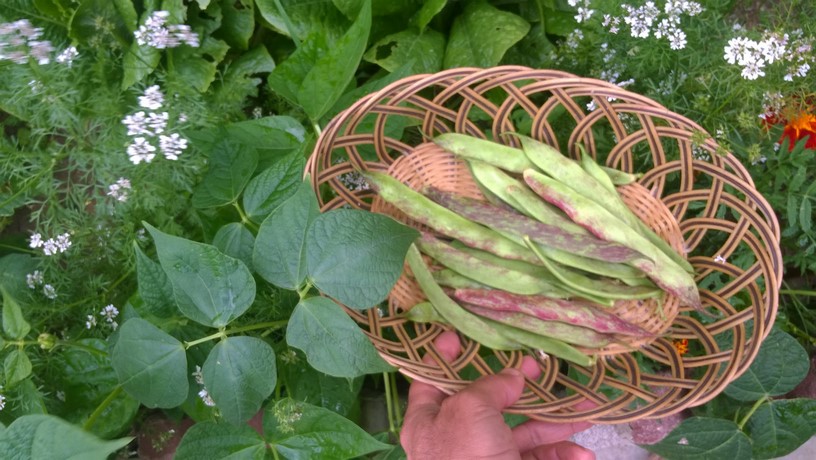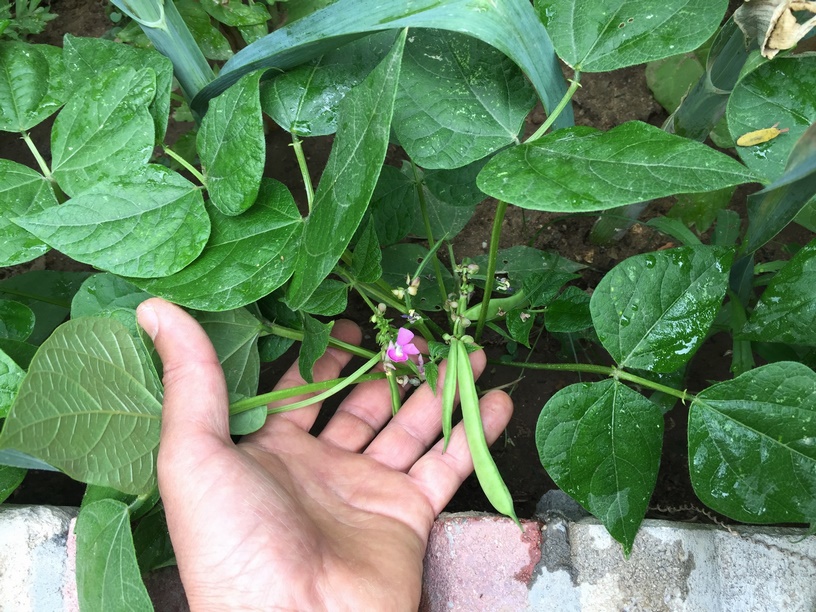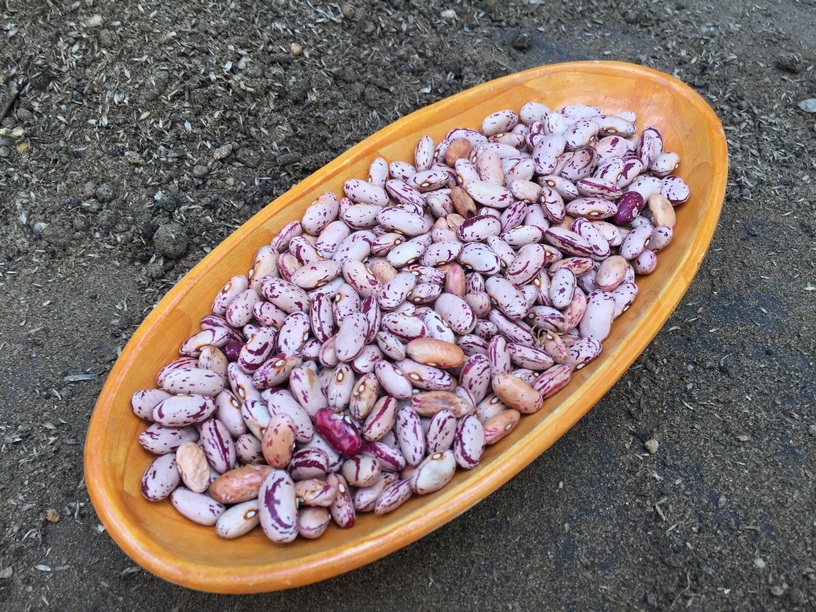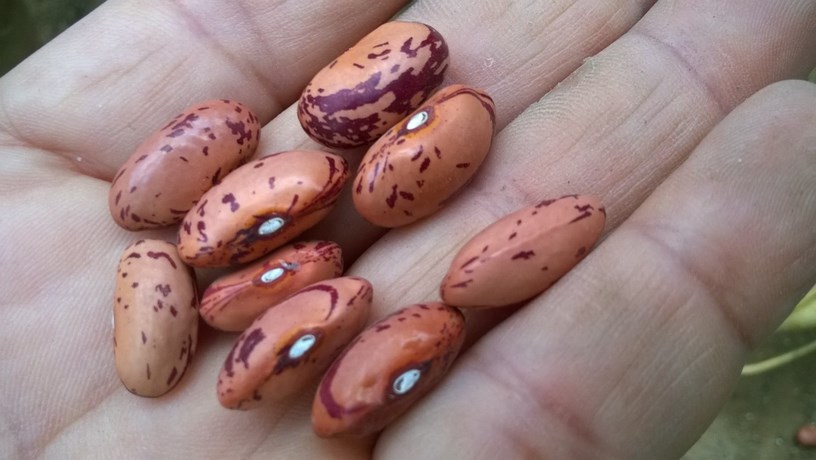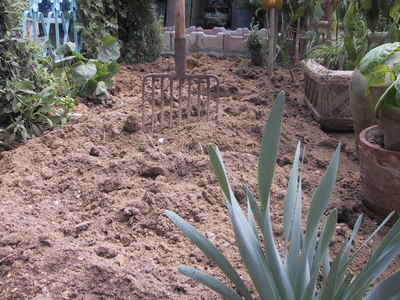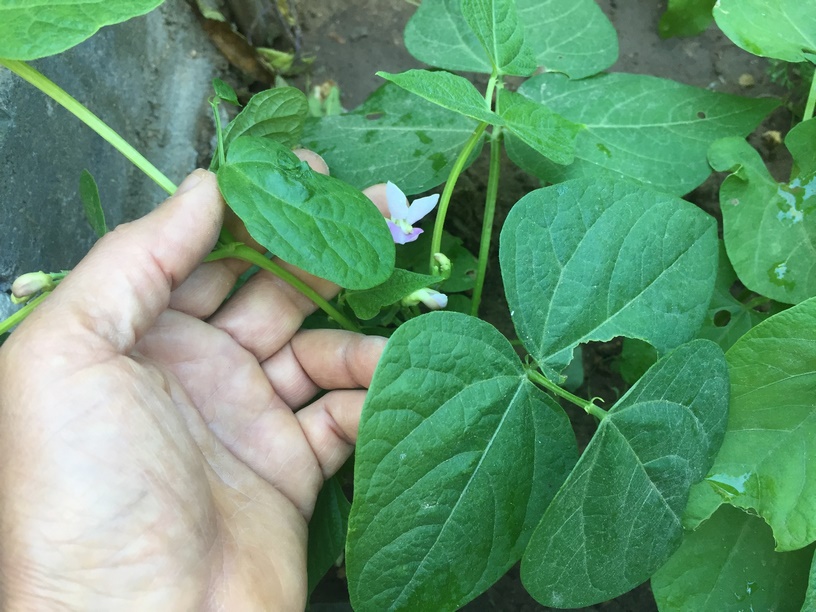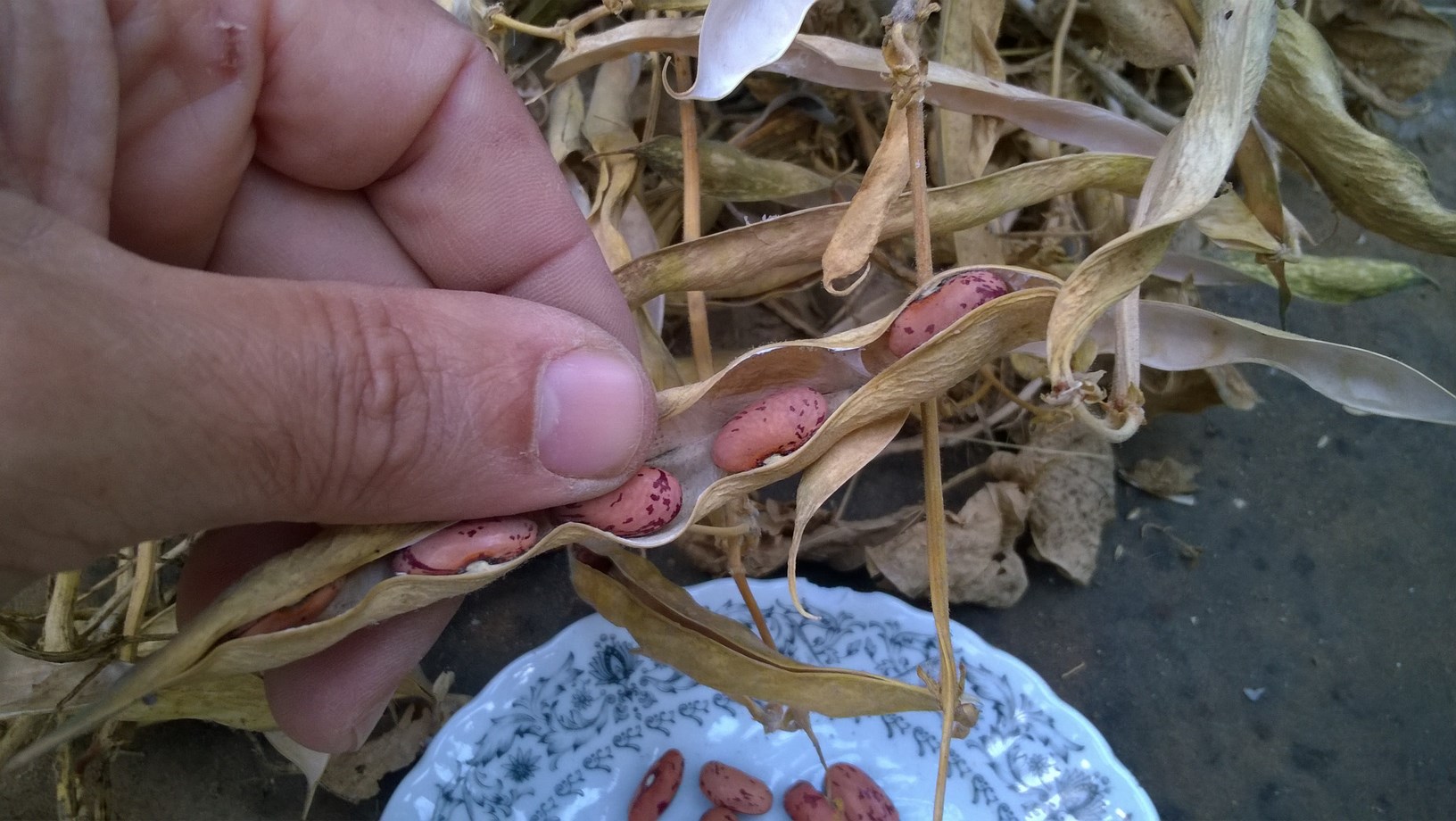O(caps)ne of the great things about growing Dragon Tongue beans is that they are relatively simple to grow, and such a versatile bean. They can be used much like a snap green bean. You can eat them fresh, freeze them, can them, or dry them.
(toc)(Table of Content)
Dragon Tongue Beans were originally cultivated in the Netherlands in the 18th century. Then, they have been grown throughout Europe and the Americas. Each country has cultivated them to adapt to their climates and growing atmospheres. The result is a beautiful, versatile, and hardy plant to enjoy looking at and eating!
About Dragon Tongue Beans:
Dragon Tongue bean is a bush-type bean with purple flowers. Produces gorgeous yellowish-green beans with bright-purple mottling. Mature plants will reach a maximum height of 2 to 3 feet. Dragon Tongue beans can be harvested young and eaten in their entirety, or left on the plant to dry until the seeds rattle in the pod.
The fully dried Tongue beans display the same amazing colors and can be saved for use in a range of dishes.(ads1)
The most important point about growing dragon tongue beans is not to plant the seeds too early. They will rot in cool, damp soil. You have to plant your beans after all danger of frost is past. As Dragon Tongue Beans mature in about 60 days, you can plant the seeds in succession for a continual harvest throughout the whole season.
Prepare the site in autumn by digging it over and adding some well rotted organic matter.

(ads2)
At the end of the season, it’s worth leaving a few pods to dry out on the plant. Shell the dried pods, then bring the beans inside to dry further in an airy location. Store the beans in paper envelopes, labeled with the variety and date, then use them for next growing season.
The fully dried Tongue beans display the same amazing colors and can be saved for use in a range of dishes.
How to Grow Dragon Tongue Beans
Dragon Tongue Beans are some of the easiest veggies to grow, which makes them ideal for beginners and beloved by any veggie gardeners. They grow with little care, produce an abundance of pods and can add nitrogen to the soil, making them ideal plants for organic vegetable gardens.
Where to Grow Dragon Tongue Beans
Dragon Beans prefer a sunny, well-drained spot. Grow them in moist, fertile soil in a sheltered spot away from strong winds. Preparing the soil with compost and manure before planting is highly recommended!
Prepare the site in autumn by digging it over and adding some well rotted organic matter.
Watch How to Add Chicken Manure to The Garden Video
Beans prefer warm weather and shouldn’t be grown in cooler climates.
Watch How to Plant Dragon Tongue Bean Seeds Video
- Dig individual planting holes with a trowel and drop in two to three seeds per hole.
- Water the soil immediately after planting and then regularly, until they sprout.
- Make the first sowing one week before your last expected frost date, then continue sowing every three weeks until midsummer.
- Bean seeds will sprout in 8–16 days, depending on conditions. Once they have pushed up, spread mulch lightly over the surface of the soil to help conserve moisture.
Dragon Tongue Beans grow well when mulched. Mulching helps to keep down weeds, reduce pests, hold moisture in the soil, and reduce risk of disease for the plants.

Once the plants begin to set flowers, you’ll need to water moderately.
Water your plants once a week, and make sure that the soil is moist not wet to ensure good growing condition for maximum production. When watering, try to avoid getting the leaves wet, as this can promote fungus or other damaging conditions that beans can be susceptible to.
Most types of beans are somewhat drought resistant, but check the surface of the soil frequently and water when the top layer has become dried out.
I always enjoy watching Dragon Tongue Beans as they grow and mature. They start out as tiny baby beans that are green and quickly start getting purple streaking. As they continue to mature, they go from a neon green background to yellow, all while keeping their gorgeous purple striping.
Once established, Dragon Tongue Beans don’t need supplemental fertilizer, as they fix their own nitrogen.
Harvesting Dragon Tongue Beans
Harvesting beans is an ongoing task and the more beans you pick, the more beans the plants will set, so pick beans regularly to keep the plant producing. When you pick the pods, you encourage more blossoms and more pods.
- You can start harvesting anytime after the beans form.
- Harvest by gently pulling each bean from the vine or by snapping them off at the vine end.
- For the best flavor and nutritional value, pick your beans when they're young and tender.
Watch How to Collect Dried Dragon Tongue Bean Seeds Video
Dragon Tongue Bean Seeds Available From ➡️ HERE!
If you have any tips for growing beans, we'd love to hear them - please share them in the comments below.
Happy gardening!
This web site is a participant in the Amazon Services LLC Associates Program, an affiliate advertising program designed to provide a means for sites to earn advertising fees by advertising and linking to amazon. Some of the links to products on this site are affiliate links. These are products that I've used or recommend based from homesteading experience. I do make a small commission (at no extra cost to you) from these sales.(alert-warning)
(full-width)



